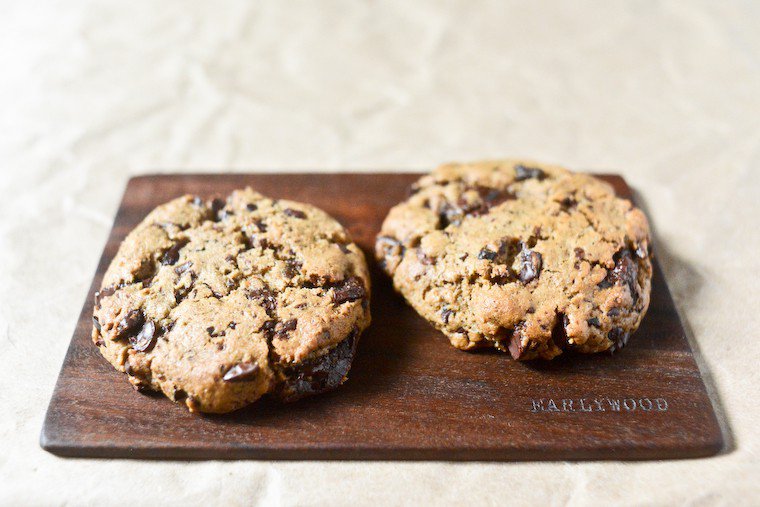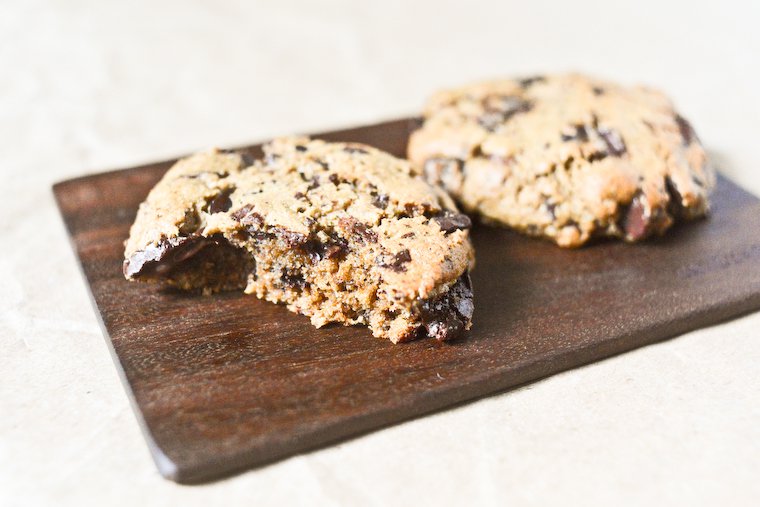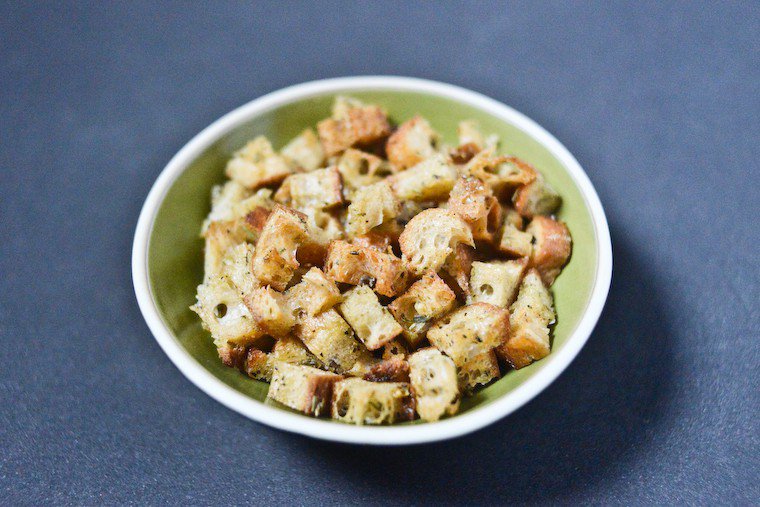Starting in mid-spring, the guy I get most of my produce from brings in long stalks of verveine citronnelle, bushy with feather-shaped leaves, faintly sticky and powerfully fragrant. Rub one with your thumb and it will knock you over with a floral and citrusy scent that does bear resemblance to lemongrass, as the French name points out (citronnelle means lemongrass).
The most natural thing to do with the leaves is to infuse them for herbal tea, to be served hot of chilled, but I was looking for more ideas so I turned to you — via Twitter et Facebook — and the Internet for suggestions. Here’s a compendium below; I hope you find it inspiring if you come across that lovely herb yourself!
Happy pairings for lemon verbena recipes
Lemon verbena + Peach
Lemon verbena + Apricot
Lemon verbena + Raspberry
Lemon verbena + Strawberry
Lemon verbena + Rhubarb
Lemon verbena + Pear
Lemon verbena + Citrus (especially grapefruit)
Lemon verbena + Yogurt
Lemon verbena + Ginger
Lemon verbena + Fish
Lemon verbena + Chicken
Lemon verbena + Pork
Beverages with lemon verbena
~ Make herbal tea, hot or iced, with lemon verbena on its own or mixed with other herbs, such as mint or sage.
~ Prepare a simple syrup for cocktails, non-alcoholic spritzers, iced tea, or lemonade.
~ Make a liqueur.
Lemon verbena recipes for baking and desserts
~ Add it to a rhubarb tart.
~ Infuse it in the cream for panna cotta and other custard-style desserts, such as crème brûlée, and pots de crème.
~ Infuse it in the whipped cream for peaches and cream.
~ Make a simple syrup to moisten a sponge cake or a rum baba, drizzle onto crêpes and yogurt, or dunk in some ladyfingers for a strawberry charlotte or tiramisu.















